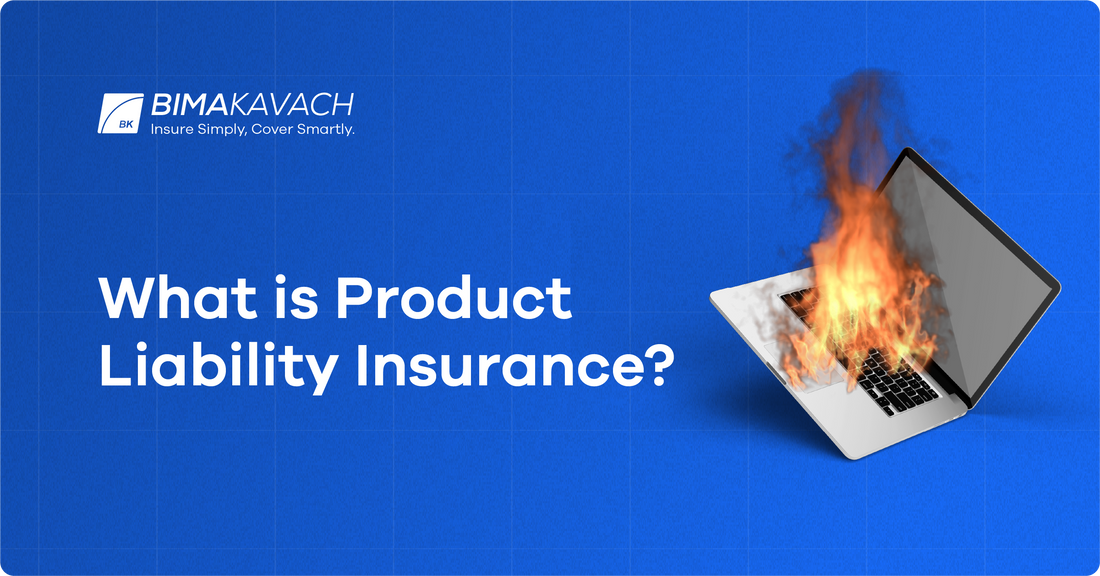Product Liability Insurance for Manufacturers
Product liability insurance is a critical safeguard for manufacturers. It protects them from the financial consequences of lawsuits related to their products. This type of insurance is designed to cover costs associated with legal defense, settlements, and judgments arising from claims of injury, property damage, or loss caused by defective products. Understanding the nuances of product liability insurance can help manufacturers mitigate risks, maintain compliance with legal requirements, and ensure business continuity.
What is Product Liability Insurance?
Product liability insurance is a type of coverage that protects manufacturers, distributors, suppliers, and retailers from legal liability for injuries or damages caused by their products. This insurance covers the cost of legal defense and any compensation awarded to the claimant, whether the product was defective in its design, manufacturing, or marketing.
Types of Product Defects
- Design Defects: These occur when a product is inherently unsafe due to its design. Even if the product is manufactured correctly, its design makes it dangerous.
- Manufacturing Defects: These occur during the production or assembly of the product. A product that deviates from its intended design can cause harm to consumers.
- Marketing Defects: These involve improper labeling, insufficient instructions, or failure to warn consumers about the product’s potential risks.
Why Manufacturers Need Product Liability Insurance
Legal Protection
Firstly, product liability insurance provides legal protection. Lawsuits can arise from unexpected sources, and even a minor defect can lead to significant financial losses. Legal defense costs can be prohibitive, especially for small and medium-sized manufacturers. This insurance ensures that manufacturers are not financially crippled by legal fees.
Financial Security
Secondly, having this insurance provides financial security. Compensation claims can reach millions of dollars, depending on the severity of the harm caused. Without insurance, a single lawsuit could bankrupt a company. Product liability insurance covers these costs, allowing the business to continue operations.
Compliance with Regulations
Thirdly, product liability insurance helps manufacturers comply with regulations. In many industries, having liability insurance is a legal requirement. It demonstrates that the manufacturer takes responsibility for its products and is prepared to address any issues that may arise.
Maintaining Reputation
Moreover, product liability insurance helps in maintaining a company’s reputation. When consumers know that a manufacturer has taken steps to protect them, it builds trust. If a company handles claims responsibly, it can enhance its reputation, even in the face of product-related issues.
Key Components of Product Liability Insurance
Coverage Limits
One of the essential components of product liability insurance is the coverage limit. This is the maximum amount the insurance company will pay for a claim. Manufacturers should choose a coverage limit that reflects the potential risks associated with their products.
Deductibles
Another important component is the deductible, which is the amount the manufacturer must pay out of pocket before the insurance coverage kicks in. A higher deductible can lower the premium costs but increases the initial financial burden on the company.
Exclusions
Exclusions are specific conditions or circumstances that are not covered by the insurance policy. Manufacturers must carefully review these exclusions to understand the scope of their coverage and avoid unexpected gaps.
Retroactive Date
The retroactive date is the date from which the insurance policy will cover claims. It is crucial for manufacturers who might face claims for products sold in the past. Ensuring that the retroactive date covers past products is vital for comprehensive protection.
Factors Affecting Product Liability Insurance Premiums
Type of Product
The type of product being manufactured significantly impacts the insurance premium. High-risk products, such as medical devices or automotive parts, typically attract higher premiums due to the potential severity of claims.
Volume of Production
The volume of production also affects the premium. Manufacturers producing a large number of products may face higher premiums because the probability of a defect increases with higher production volumes.
Claims History
A manufacturer’s claims history is another crucial factor. Companies with a history of frequent claims or high-value claims may be considered higher risk, leading to higher premiums.
Safety Measures
Implementing robust safety measures can help reduce insurance premiums. Regular safety audits, quality control checks, and adherence to industry standards demonstrate a commitment to safety, which can lower the perceived risk and, consequently, the insurance costs.
Choosing the Right Product Liability Insurance
Assessing Your Risk
The first step in choosing the right product liability insurance is to assess your risk. Consider the nature of your products, the potential hazards they pose, and your history of claims. This assessment will help you determine the level of coverage you need.
Comparing Policies
Next, compare policies from different insurance providers. Look at the coverage limits, deductibles, exclusions, and premiums. It’s essential to read the policy details carefully and understand what is and isn’t covered.
Seeking Professional Advice
Consulting with an insurance broker or a legal professional can be beneficial. These experts can provide insights into the best policies for your specific needs and help you navigate the complexities of insurance contracts.
Customizing Your Policy
Many insurance companies offer customizable policies. You can tailor the coverage to address specific risks associated with your products. Customizing your policy ensures that you are not paying for unnecessary coverage while still protecting against relevant risks.
The Claims Process
Reporting a Claim
When a product-related incident occurs, the first step is to report the claim to your insurance provider. Provide all necessary details, including the nature of the defect, the incident, and any injuries or damages sustained.
Investigation
The insurance company will then conduct an investigation to determine the validity of the claim. They will assess the product, review the circumstances, and evaluate the extent of the damages or injuries.
Settlement
If the claim is valid, the insurance company will negotiate a settlement. This may involve paying for medical expenses, property damage, and any other costs associated with the claim. The goal is to reach a fair resolution without the need for prolonged legal battles.
Legal Defense
In cases where a settlement cannot be reached, the insurance company will provide legal defense. This includes hiring attorneys, covering court costs, and managing the litigation process. Having insurance ensures that manufacturers have the resources to defend themselves in court.
Real-World Examples
The Ford Pinto Case
One of the most famous product liability cases involved the Ford Pinto in the 1970s. The car had a design flaw that made it prone to catching fire in rear-end collisions. Ford faced numerous lawsuits and ultimately had to recall the Pinto, costing the company millions of dollars. This case underscores the importance of product liability insurance in protecting against design defects.
The Johnson & Johnson Talcum Powder Case
Another significant case is the Johnson & Johnson talcum powder litigation. Thousands of lawsuits were filed, alleging that the company’s talcum powder products caused cancer. The company faced billions of dollars in settlements and verdicts. This case highlights the financial risks associated with product liability and the need for robust insurance coverage.
Conclusion
In conclusion, product liability insurance is an essential component of risk management for manufacturers. It provides legal and financial protection, helps maintain compliance with regulations, and preserves a company’s reputation. By understanding the types of coverage available, assessing their specific risks, and choosing the right policy, manufacturers can safeguard their businesses against the potentially devastating impacts of product liability claims. Investing in product liability insurance is not just a legal requirement; it is a strategic decision that can ensure the long-term success and stability of a manufacturing business.






